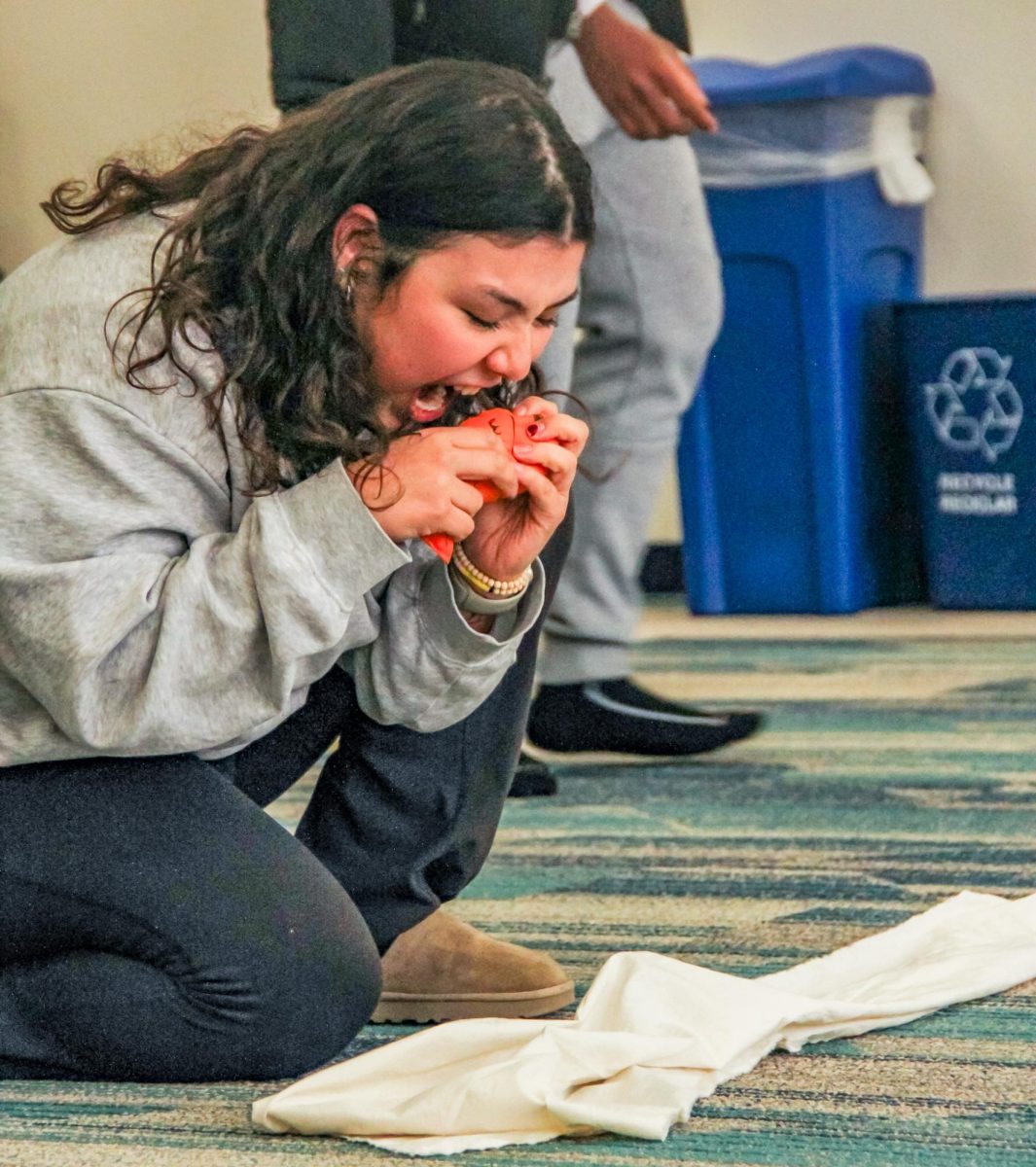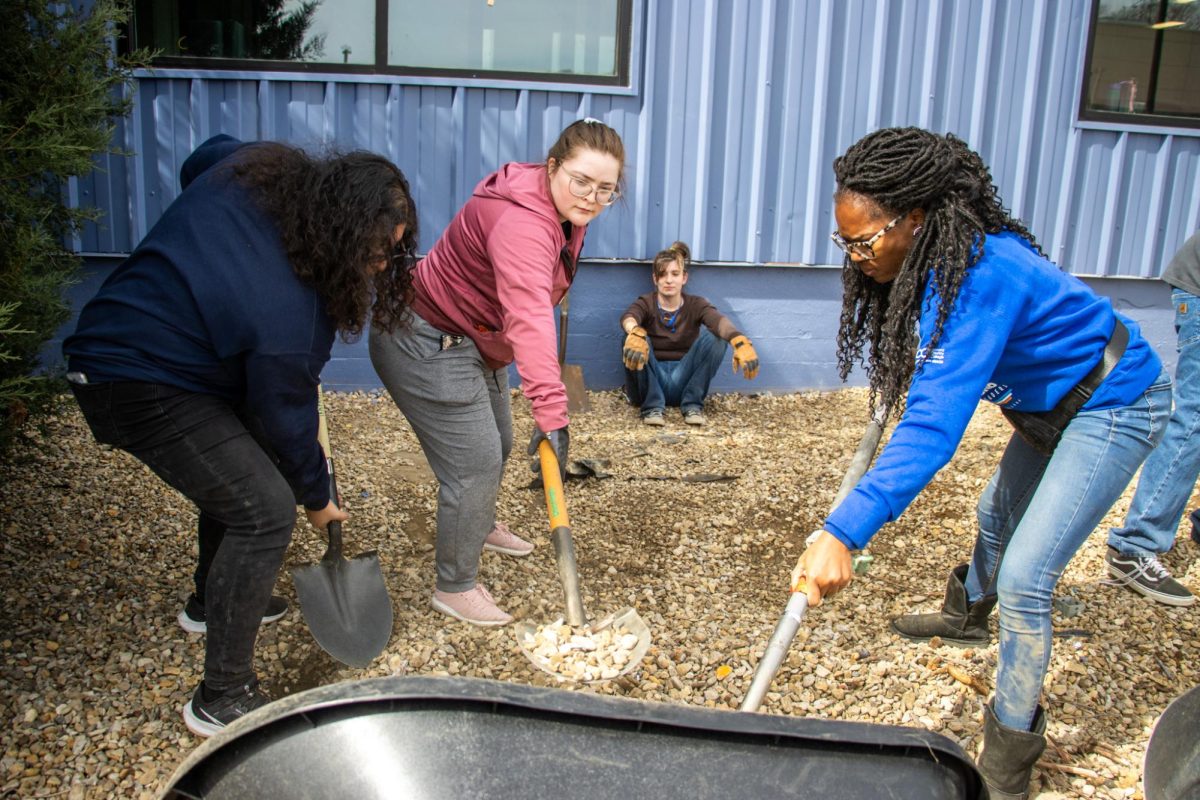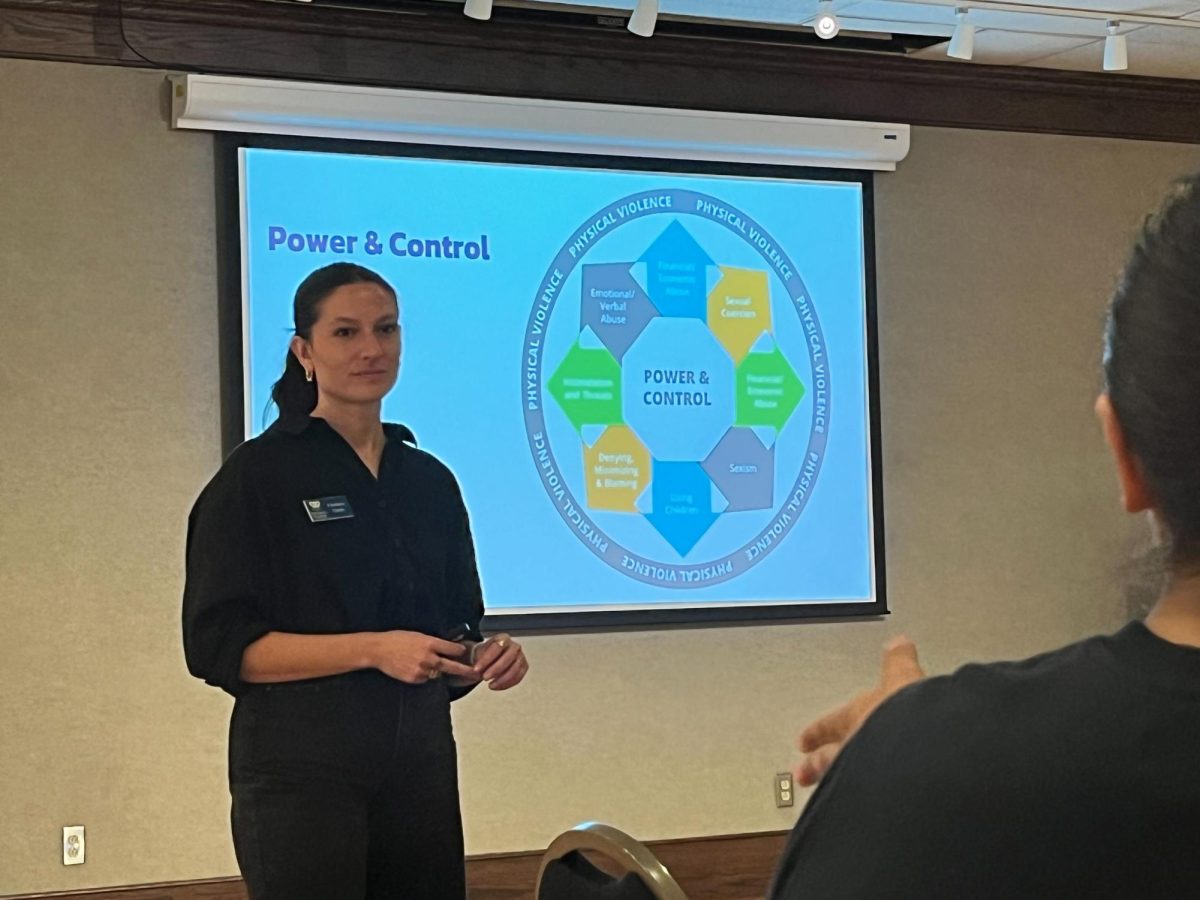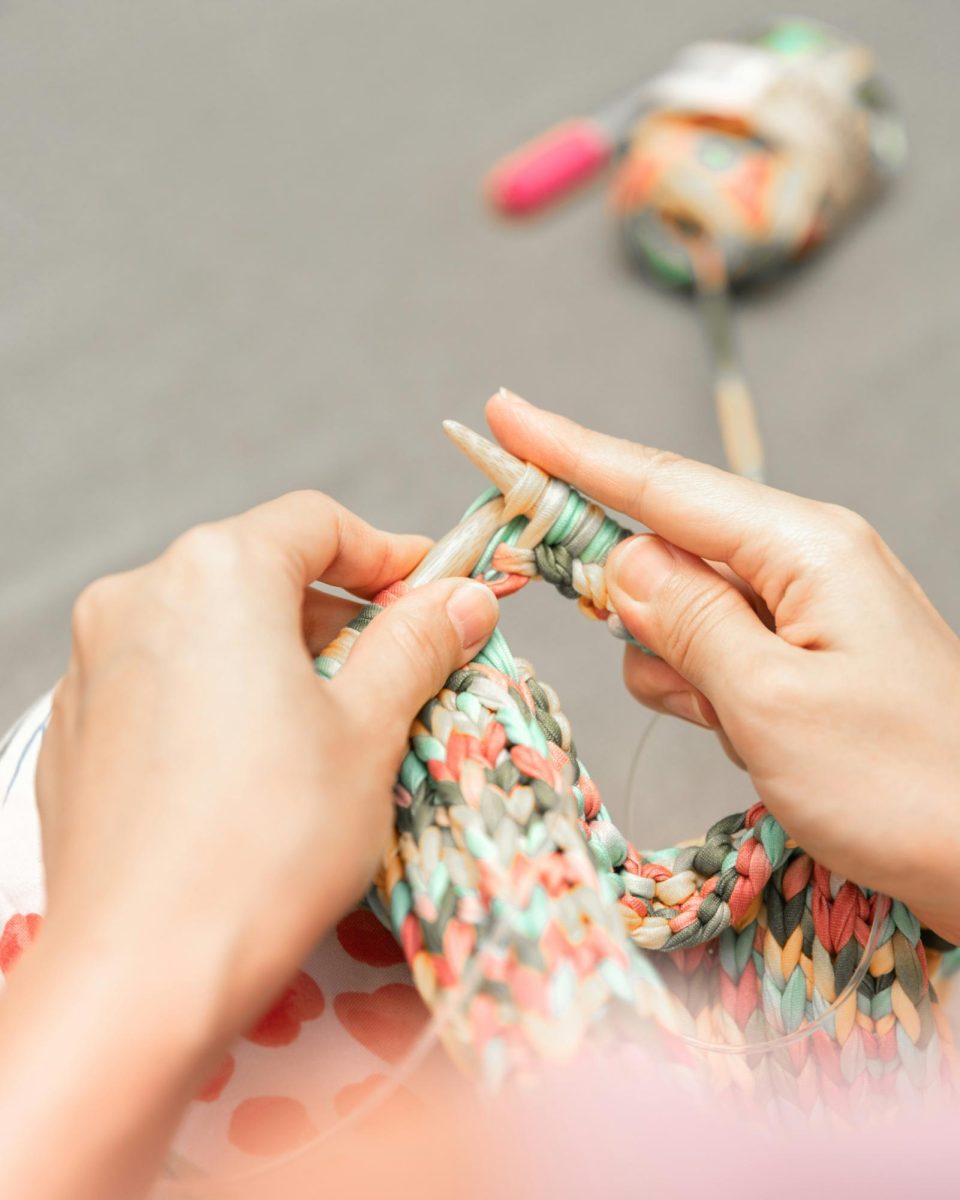NE Campus discussed the unexpected warning signs and potential solutions for domestic abuse in “Go Purple: Stop the Violence,” with The Women’s Center of Tarrant County on Oct 17.
Trauma trainer and event presenter Chelsea Davis said holding events like these at college campuses helps bring awareness to a demographic struggling with building and maintaining healthy relationships.
“Late teens to mid-20s are a really high-risk age group for any sort of intimate partner violence or dating violence,” she said.
As a generation that lives much of their life digitally, Davis said today’s college students face tactics of abuse that weren’t prevalent 10 years ago.
“[This training helps] people recognize some red flags in the way people use their phones, requiring their partner to share their location, requiring their partner to share their password, demanding their partner let them look through their phone,” she said. “Things like that are definitely patterns that we see in young people.”
The presentation opened with statistics about victims and abusers, including studies that more than 80% of reported victims are women.
“This is a crime that happens more often to women from male perpetrators,” she said. “We cannot ignore that fact. We are not here to erase that fact. But that does not mean men cannot be victims of abuse. That does not mean women could never be abusive.”
Davis emphasized that an abusive relationship’s root cause remains the same, regardless of who’s in what position.
“Unhealthy and abusive relationships are motivated by the need for power and control – all domestic violence, all sexual violence, intimate partner violence,” she said. “There’s constant accusations, there’s isolation, there’s pressure, manipulation, shifting of blame to the victim.”
She explained that by understanding this common denominator between abusive relationships, the situation’s severity becomes greater than misplaced anger.
“Sexual assault is not about sex. Sex is the tool being used to gain power and control over somebody else,” she said. “Abusive relationships aren’t about love. Those abusive tactics the jealousy, the isolation, the control that’s not about love. It’s about ‘I am using this as a tool to feel powerful and to feel like I’m in control.’”
Davis said an abuser’s volatile behavior is perpetuated when they feel their power is being threatened, which is why one of the most dangerous times for a victim is when they’re trying to leave or have already left to seek help.
The addition of children can make this shift in control seem more significant to an abuser, which Davis connects to a higher homicide rate among pregnant and postpartum women in violent relationships.
“They think, ‘I’m the center of the universe. I’m the center of the family. I’m who everything is meant to revolve around. I want the power control. I don’t want to share it with this baby,’” she said.
The presentation included signs to look out for, such as multiple bruises or injuries at different healing stages, changes in social tendencies and shifts in personality.
It also encouraged attendees to speak up and speak out, regardless of how well they know the person they suspect may need help.
“It’s always OK to talk to people about it. It’s not something that needs to be secretive or kept quiet. We always recommend people ask open questions and show support,” she said. “We start by believing them, reminding them you do have a voice. Your power and control has not been taken away from you. It feels like it has, and that’s what the abuser wants, but you have a voice and you have options.”
Student and domestic violence survivor Ruth Bell said when determining how to best support a victim, being sensitive and available goes further without adding additional stress.
“Don’t offer words as much, because there’s probably a lot of shame that person is already walking in. Just have the sensitivity of understanding [the victim’s] position in that relationship,” she said. “Thinking about all of those details can keep people in a frozen frame of mind.”
Bell described how her past shaped her approach to teaching her six daughters about relationship expectations and the early signs of danger.
“It was always an open-door conversation in regards to relationships, dating, boundaries, signs to look out for,” she said. “There are escapes. Thinking about all of those details can keep people in a frozen frame of mind.”
Domestic violence survivor Jill Strehl described her husband’s abuse, which spanned over 25 years, including threatening to kill her for money she had inherited.
“[My daughter] told me one time her first memory as a very young child was [her dad] throwing the lamp at me, and my first reaction was, ‘Which time?’” she said.
She said these open discussions in higher education serve as proactive, preventative measures against forming damaging connections and help survivors rebuild their lives.
“You know what you’re looking at, and you know what you’re hearing, and you learn to trust yourself because everything’s been turned upside down,” she said. “You were told not to trust yourself. You were told within the relationship or the situationship that what you are feeling is not valid.”
Strehl said that for many victims, the solution is not as easy as walking away, a misconception she found belittling in her journey to freedom.
“We have to explain ourselves,” she said. “Again, we have to make excuses for this other person, and we’re just trying to survive.”




































